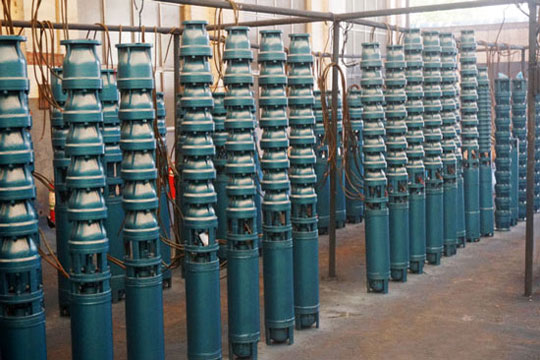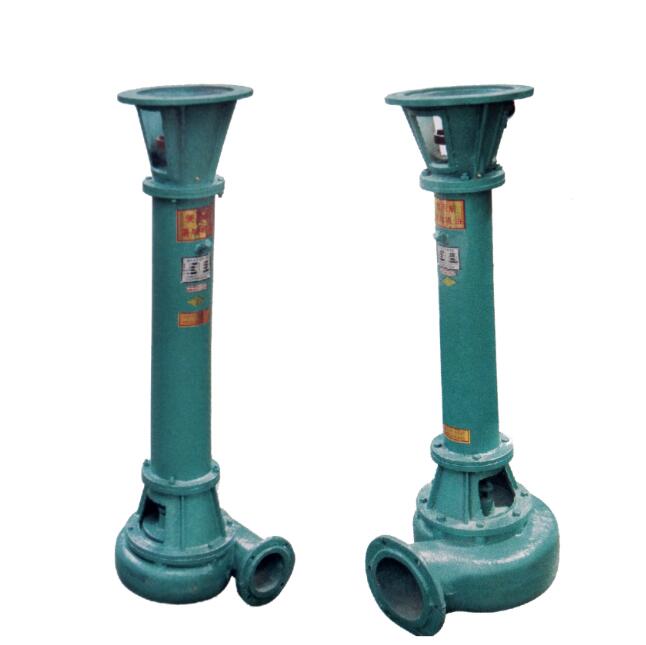
Characteristics of low temperature pump cavitation:
Low temperature pumps are usually pumped from the bottom of the spherical tank or tower, and the liquid level in the suction process is varied. If the suction from the ship, the final level down to the bottom. The liquid level drop reduces the cavitation of the device, and the cavitation performance of the pump is affected. In addition, low temperature pumping of the working medium is in (or near) saturated liquefied gas, that is to say, on the suction surface is in liquid to gas, gas to liquid balance state. The suction surface of the suction margin is zero. So, NPSH is mainly composed of the liquid in the pump above the center line height (head) to provide. NPSH device, is equal to the velocity head resistance loss and the inlet of the pump suction pipe of the head off. Such a change in liquid height will directly affect the device's NPSH roar as liquefied gas to cause erosion damage is lighter than water which is favorable, but low temperature pump taboo produce gas in the pump, so low temperature pump also should have good cavitation performance and adapt to a different work conditions to achieve reliable operation.
Energy consumed by pumps, hydraulic loss and mechanical loss, for the most part turns up the heat, so that the liquid temperature rise, limiting the flow rate of the pump, the pump efficiency is low, therefore will only make the liquid temperature rise rate increases.





